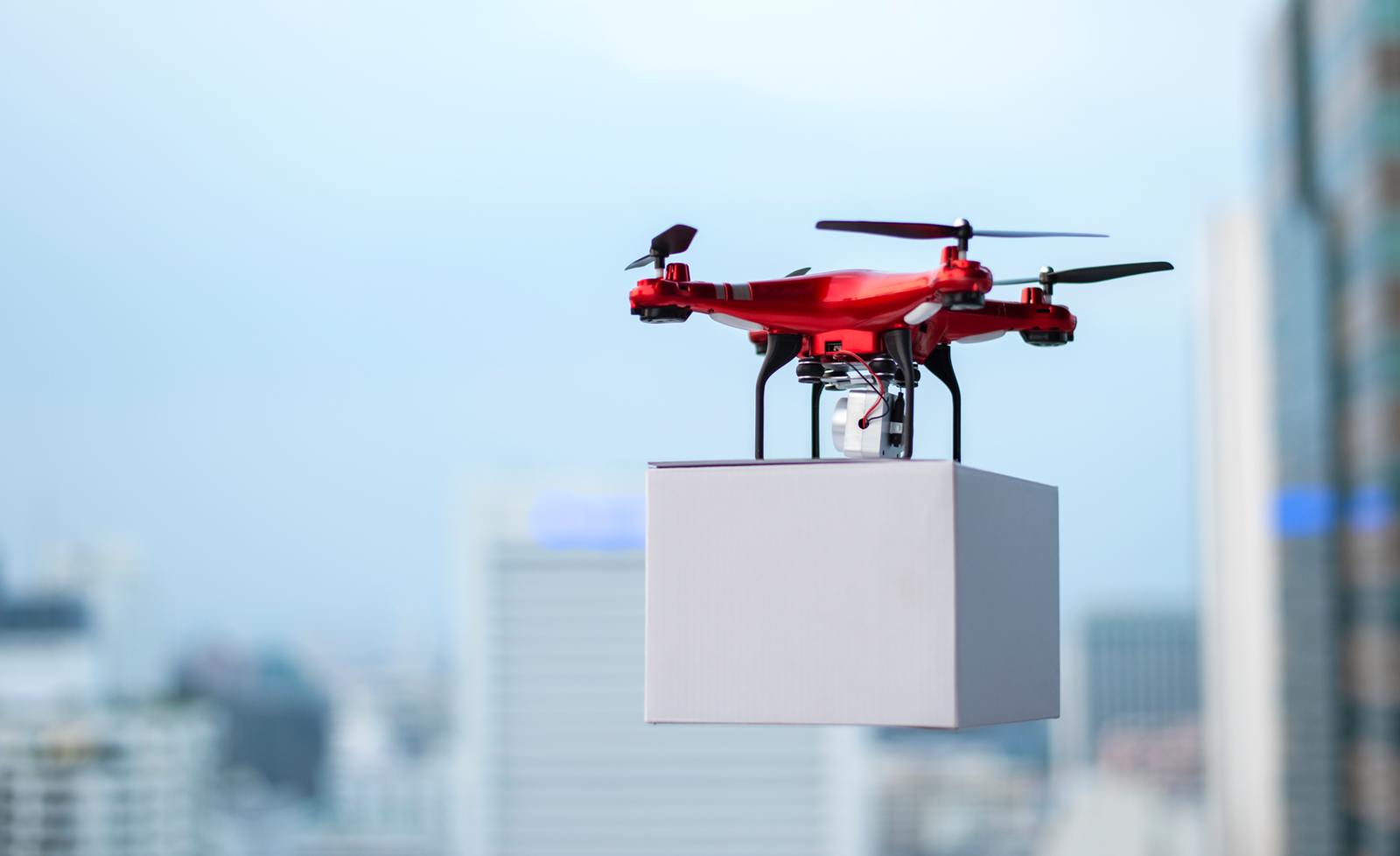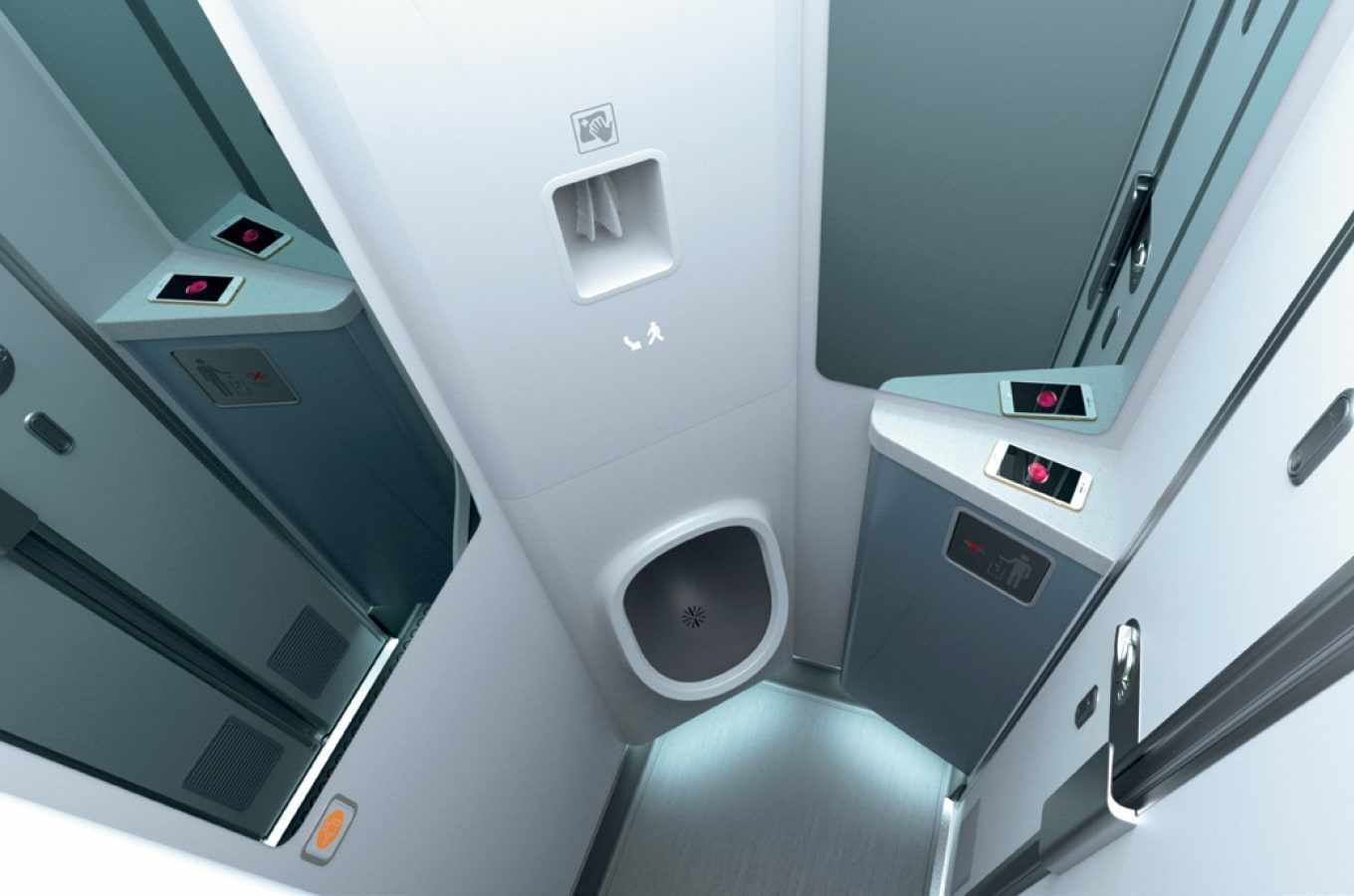
Global smart commercial drone market is projected to witness a CAGR of 11.43% during the forecast period 2025–2032, growing from USD 11.45 billion in 2024 to USD 27.22 billion in 2032. The Smart Commercial Drone market is rapidly evolving with opportunities enabled by advances in AI, IoT, and autonomous navigation in all types of applications. Smart drones are changing industries by providing real time data collection, monitoring, and efficient operations. Smart drones have a variety of intelligent sensors and capabilities using machine learning to aid operations autonomously. Drones automate navigation in complex environments, identifying specified objects, and adapting to dynamic conditions. In agriculture, multispectral imaging provides multi-dimensional views which optimize crop health and yield. In construction, drones can help with project oversight and safety compliance. The market is clearly benefiting from regulatory and acceptance of industry support, as well as more investment being seen in drone analytics platforms. Smart drones provide cost savings and improved operations as companies and professionals continue to advance operational efficiencies and reduce costs. As applications and advancements with smart drones expand within industries, the Smart Commercial Drone market will grow exponentially, transforming how industries draw insights, data and convey decisions between people and their environment.
For instance, in June 2025, Unmanned Aerospace set out to create a different model of unmanned aircraft that can serve multiple industries, carry heavy payloads, and maximize fuel efficiency. Unmanned Aerospace continues to build on their existing models and is in close collaboration with the United States Navy to bring their delivery solutions to the sea.
Click here: https://www.marketsandata.com/industry-reports/smart-commercial-drone-market
Expanding Role of Smart Commercial Drones in Professional Workloads
Smart commercial drones are increasingly proving their value across multiple industries, changing how organizations are managing challenging workloads. With the capabilities of being equipped with advanced sensors, AI, and processing real-time data resulting in efficiency, these drones automate labor-intensive, repetitive and time-consuming processes to improve accuracy and help to manage increasingly complex operations. In agriculture, smart drones can monitor and deliver pesticide in the right amounts. In construction and infrastructure, smart drones are deployed aerial surveying and structural inspection processes to reduce risk and improve response time.
For instance, in June 2025, Walmart Inc significantly expanded its drone delivery operations in the United States, announced plans to serve around three million additional households through a partnership with drone operator Wing. Walmart began commercial drone deliveries in 2021 and has since completed more than 150,000 flights.
Strategic Industry Collaborations Fuel Market Expansion
Strategic partnerships are enabling smart commercial drone expansion by integrating expertise across industries. Drone manufacturers are working with AI specialists to improve autonomous capability, and with telecommunications providers to offer comprehensive connectivity for real-time operation. In industries, such as, agriculture, logistics, and infrastructure sectors, partners with industry leaders are driving innovative use cases catering to each industry’s focus, from precision farming to automated inspections, while working together to connect regulatory partners with aviation authorities to validate aviation safety for the airspace system. Cross-industry partnerships are helping different sectors to overcome technological and operational limitations, resulting in an industry transformation for far-reaching adoption. As partnerships deepen, smart commercial drone technology will more rapidly facilitate digitization across sectors and industries and provide scalable and data-driven solutions to effectively drive efficiency and innovation.
For instance, in August 2024, AMSL Aero Pty Ltd, Borsight Inc., Grabba Technologies Pty Ltd signed contracts worth a total of USD 6.6 million in the next stage of the Sovereign Uncrewed Aerial Systems (UAS) challenge. Each company has signed a USD 2.2 million-dollar contract to finalize the development of their prototypes to a production standard and produce 100 general purpose UAS.
Semi-Autonomous Drones Emerge as Key Growth Engine for Smart Commercial Drone Market
Semi-autonomous drones provide the perfect intersection of AI automation with human oversight for commercialization. The fusion of advanced intelligent navigation systems with automation, obstacle detection, and workflows, including pilot control for safety and compliance purposes, set the stage for enterprises to adopt drone technology at scale. Semi-autonomy is versatile and valuable across many applications, such as agriculture, infrastructure inspection, and public safety, while enabling greater site efficiency without the intricacies of full autonomy. As manufacturers implement tighter integration of advanced edge computing and computer vision, semi-autonomous will become established as the new marketplace standard. They represent a low-risk- high-reward entry point into smart drone operations, and, as the highest potential growth area, they act as the crucial linking pin between regular manual piloting today and the initiatives directing to fully autonomous systems in the commercial drone space.
For instance, in January 2025, Ukrainian company Dron ZP unveiled an innovative semi-autonomous turret designed to neutralize enemy drones, particularly FPV (First-Person View) drones, which pose an increasing threat on modern battlefields. Tested by the Unmanned Systems Battalion of the 15th Brigade of the National Guard, this new weapon highlights Ukraine’s continued efforts to integrate advanced technologies into its military operations to address the challenges of contemporary warfare.
North America Dominates the Smart Commercial Drone Market
North America has become the leader in the global smart commercial drone market due to favorable regulations, strong tech infrastructure, and fast adoption by the industry overall. The FAA’s Part 107 rules provide operators with flexibility for commercial operations with minimal risk. In 2020, the FAA approved many BVLOS (beyond visual line of site) operations in key states to enable drone deliveries to scale across various sectors. Leading companies in the United States and Canadian commercial drone industry are leveraging drones for precision agriculture, inspecting energy infrastructure (as needed by the industry), and logistics solutions, while either investing in or being supported by fiber forward 5G infrastructure and integration with AI as part of the overall ecosystem. Recent events have showcased North America’s tech innovation strength in Silicon Valley and provided a free flow of venture capital funding to many other regions to find more drone applications with commercial uses. North America has a strong opportunity to remain the highest function of or standards for commercial drone applications in worldwide markets.
For instance, in February 2025, The Defense Innovation Unit announced that it has selected 37 systems and components to add to its list of commercial drone capabilities certified for military use, pending final approvals to ensure they meet congressionally mandated cybersecurity and supply chain standards.
Impact of U.S. Tariffs on Global Smart Commercial Drone Market
Tariffs on components manufactured in China, such as sensors, batteries, and navigation systems, increased manufacturing costs
Production in China was common across the ecosystem, contributing to delays and sourcing of hardware and software.
Tariffs on some of the most popular drone and fleet products reached higher prices, significantly impacting retail prices.
Production is shifting to new countries, such as Vietnam, India, and Taiwan, to avoid tariff exposure.
Report Scope
“Global Smart Commercial Drone Market Assessment, Opportunities and Forecast, 2018–2032F”, is a comprehensive report by Markets and Data, providing in-depth analysis and qualitative and quantitative assessment of the current state of global smart commercial drone market, industry dynamics, and challenges. The report includes market size, segmental shares, growth trends, opportunities, and forecasts between 2025 and 2032. Additionally, the report profiles the leading players in the industry, mentioning their respective market share, business models, competitive intelligence, etc.
About Us:
Markets and Data provides a comprehensive/ panoramic understanding of markets at global, regional, and country levels. Examine changing consumer preferences, emerging challenges, underlying trends, and growth prospects to accelerate your business strategies.
Contact
Mr. Vivek Gupta
5741 Cleveland street,
Suite 120, VA beach, VA, USA 23462
Tel: +1 (757) 343–3258
Email: info@marketsandata.com
Website: https://www.marketsandata.com




















Write a comment ...